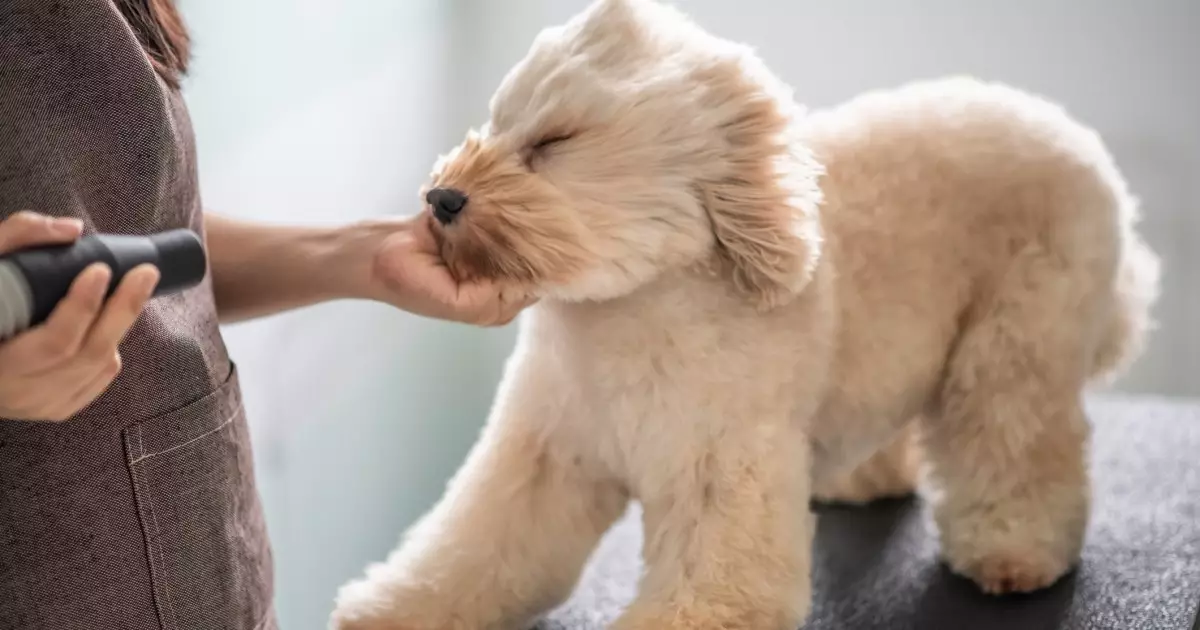Grooming your dog is an essential aspect of pet care, intertwined with both the physical health of your furry friend and your bond with them. While it can turn into a chaotic event filled with fur and the occasional struggle, the experience can be transformed into a pleasant routine if you avoid a few common mistakes. Here we explore the fundamental elements of home grooming, shedding light on practices that ensure safety and comfort for both pet and owner.
One of the primary reasons many pet owners opt for DIY grooming is to save money. However, professional dog groomers often charge for their experience and skill, factors that can significantly ease the grooming process. While it’s perfectly legitimate to groom your dog at home, the key lies in understanding the intricacies involved. A rushed job not only affects your pet’s appearance but can also lead to anxiety, discomfort, or even injuries, making it vital to approach grooming with care and consideration.
Before diving into grooming tasks, familiarize yourself with the type of coat your dog has—long, short, curly, or wiry—because each requires a unique approach. Equip yourself with the right tools, including appropriate brushes, clippers, and shampoos designed specifically for canine use. Selected tools not only affect the outcome of the grooming session but also the overall comfort of your dog during the process.
Creating a calm and inviting atmosphere is paramount to successful grooming. If you introduce your dog to grooming equipment early on, they are less likely to become fearful of the sound and sensation of clippers or blow dryers. Use treats, praise, and a comforting tone to reassure your dog throughout the grooming procedure. Patience is key; it may take time for your pet to get comfortable, particularly if they’re a rescue or older dog who hasn’t had positive grooming experiences in the past.
In addition, it’s a good idea to gradually acclimate your dog to being touched in sensitive areas, such as their face, paws, and tail. This preemptive training helps build your dog’s trust and makes the process smoother. The more normalized grooming becomes, the less anxiety your dog will exhibit.
Dog owners often procrastinate grooming tasks, thinking one missed session won’t cause much harm. However, neglecting regular grooming can lead to severe matting, infections, and discomfort. For instance, long-haired breeds need consistent brushing to prevent tangles, especially before and after baths. By making brushing a routine part of your pet care, you can keep dead hair from matting within the coat and avoid a laborious detangling session later on.
Furthermore, don’t be misled by seasonal variations—while many people believe that autumn and winter grooming is unnecessary, it’s critical to maintain a consistent grooming routine. Regular trims can help maintain a healthy coat and reduce the risk of overheating as spring and summer approach.
One of the most daunting aspects of grooming is nail trimming. Many pet owners experience anxiety surrounding nail care due to the fear of hurting their pet. Begin by introducing your dog to having their paws handled before incorporating nail clippers. This desensitization is crucial for reducing stress during the actual nail trimming process.
Invest in a high-quality pair of clippers and ensure you know how to identify the quick—the blood vessel inside the nail—to avoid causing pain or injury. If you’re uncertain about nail trimming techniques, consulting with a veterinarian or professional groomer can provide much-needed guidance.
Grooming doesn’t stop once the last brush stroke is complete. After a bath, many dogs exhibit what is commonly known as “the zoomies,” leading them to roll in the dirt or grass. To avoid having to begin the grooming process all over again, it’s wise to keep your furry friend indoors for a while post-grooming. After they’ve settled, you can then safely allow them outdoors.
Ultimately, successful dog grooming hinges on understanding your dog’s needs, regular maintenance, and creating a positive grooming environment. By investing time and effort into these practices, pet owners can turn grooming from a dreaded chore into an enjoyable bonding session with their beloved pets, fostering both trust and affection.

